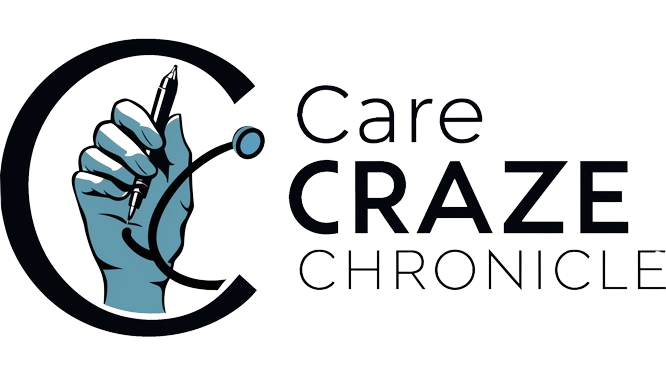Most psychiatrists have subscribed to the biopsychosocial model of illness, which posits that biology, psychology (including thoughts and emotions), and social factors (relationships, socioeconomic conditions, culture) interact to influence health, disease, and human development.
One of its principal corollaries is that mental disorders have multiple causes: From anxiety to schizophrenia, symptoms of mental illness and distress arise from an array of factors, including stress reactivity, memory and other mental processes, social relationships, lifestyle including nutrition, and general environmental factors, including racism. The interplay and relative contribution of each factor vary from individual to individual.
Because of the enormous complexity of the human mind and the influences on it, disorders can often express themselves in a multitude of ways, and indeed, symptoms can shift over time.
Because of its power to relieve anxiety and induce states of calm, the physician-patient relationship—sometimes referred to as the therapeutic alliance—can be utilized to play a significant role in the healing process. It sets the stage for patient healing regardless of the disorder.
Classification of mental disorders, codified in the Diagnostic and Statistical Manual of Mental Disorders, now in edition 5 (DSM-5), is an ongoing and often “messy” process based on evolving understanding of the brain and mind; the classification of disorders contributes to correct diagnosis of problems and appropriate treatment.
The unconscious mind is not a source of dark desires waiting to betray you despite your best intentions. It is a complex system of activity in which perception, evaluation, motivation, and other processes are constantly working outside of conscious awareness to influence physical and emotional state and guide behavior. Nevertheless, with deliberate effort, those processes can sometimes be made accessible, and one of the roles of psychotherapy is to help people do so.
Many mental disorders, including anxiety and depression, are characterized by dysfunction of the neural circuitry interconnecting areas of the brain that mediate stress responsiveness (the amygdala), memory (the hippocampus), and emotion regulation (the prefrontal cortex). Identifying the neural circuity underlying complex brain functions such as mood regulation is providing new ways of intervening in disorders, including the development of ever more precise methods of brain stimulation as a treatment for depression and other conditions.
There can be much overlap in symptoms among psychiatric disorders. For example, psychosis may be the hallmark of schizophrenia, but similar delusions, hallucinations, and disorganized thinking are present in up to 20 percent of patients with major depressive disorder. In addition, such symptoms are common among those with bipolar disorder. When is distractibility in children a sign of ADHD, or when is it a sign of mania in childhood bipolar disorder?
Chronic stress is increasingly recognized as a source of many psychiatric symptoms and disorders. It is experienced by the body with extensive changes in physiology, including the production of pro-inflammatory cells and signaling compounds that alter the functioning of nerve circuits in the brain. One effect is to turn on unrelenting cascades of negative thoughts, feelings, and expectations, symptoms that give rise to anxiety, depression, suicide, and other distressing conditions.
